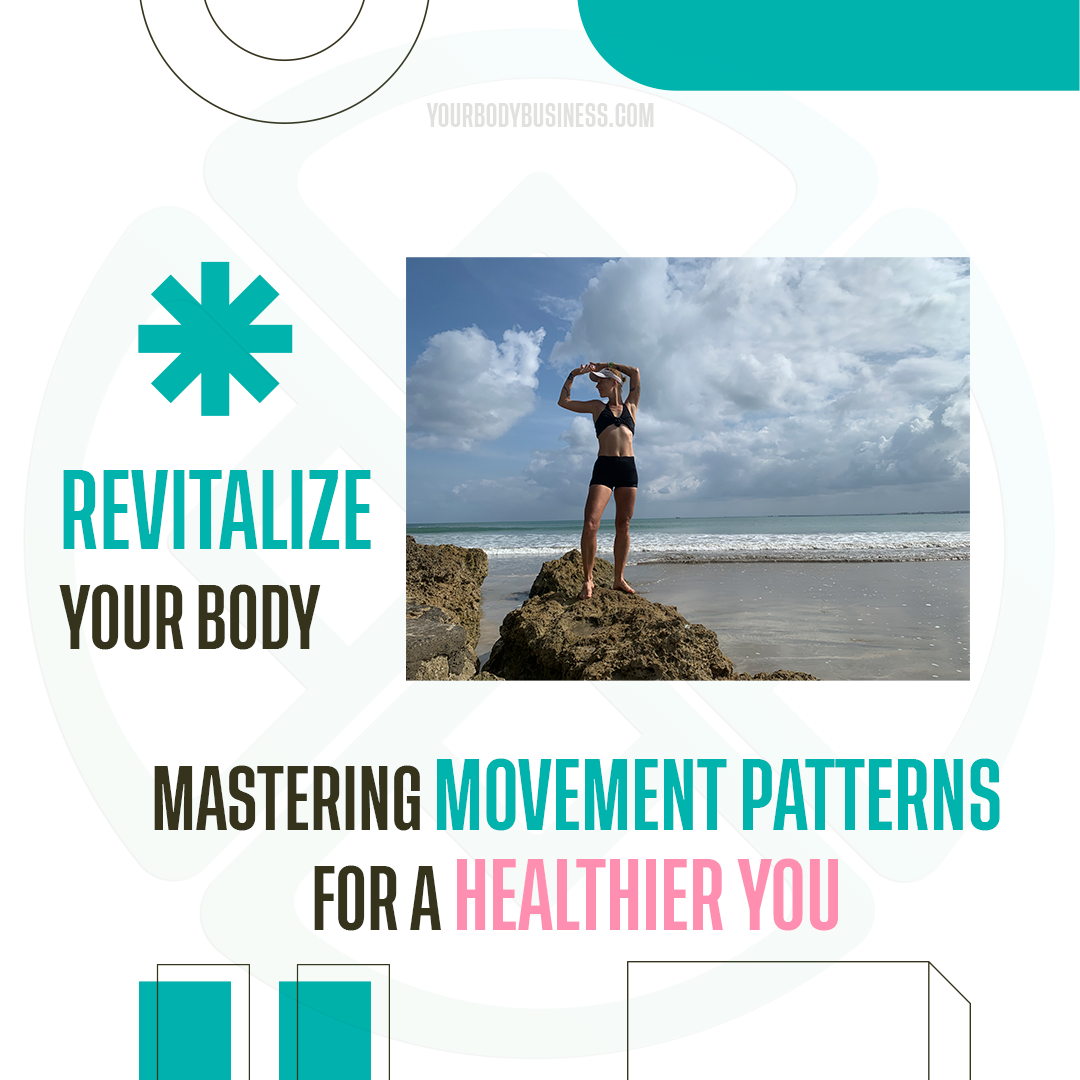

2023.06.27
Nowadays, most people don't really like to "move", they just don't feel any pleasure in it. Instead of walking, they prefer to go by car, sit in the office hunched over in front of the monitor, and in the evening at home take a breath in front of the TV set.
BUT!
Humans were not made for this lifestyle. A person is born into this world with a great need for movement, which gives him pleasure (see small children). Thus, it also encourages us to practice and serve this basic need that we were born with.
WITH A SEDENTARY LIFESTYLE...
... not only does our muscle mass decrease, but the entire functional balance of the body can also be disturbed. Of course, respect to those who are an exception to the rule, BUT! Even if we move, it doesn't matter how we do it! Everyone knows that regular exercise makes us healthier. However, few people know that...
OUR MOVEMENT PATTERNS...
... determine how healthy we are and how healthy we will be in the future. We all use movement patterns on a daily basis, even if not consciously. As a child, we learned step by step the basic functional movement patterns, how we raise/turn our head, roll over, crawl on all fours, squat... And they all work great until we "rewrite" them. For example, when we are forced to sit down at a desk... We forget how "correct" and instead use it as "wrong".
AS A RESULT...
... we get a "bunch" of injuries, pains, sufferings... A sedentary lifestyle leads to a loss of mobility of the hips, and because of the constant stoop, the spine and even breathing are also distorted. Consequently, most of our musculoskeletal problems and sports injuries are caused by incorrect movements. If we constantly perform a certain movement with the wrong technique, degenerative processes are greatly accelerated, which lead to cartilage wear, herniated discs, joint damage and chronic pain.
SINCE EVERYTHING IS INTERCONNECTED WITH EVERYTHING.
These changes lead to further deformations. Each chain is as strong as its weakest link, and our actions are built on a chain of patterns of our movements.
HOW DOES THIS HAPPEN?
Pain is a point in our nervous system from which it tries to escape. The exercise program responds to the “inconvenience” by trying to avoid the pain point (loading it as little as possible), because, despite the pain, you still have to move. In short, our central nervous system always runs away from pain or tension in the direction of least resistance. As a result of pain, our old, good movement programs are rewritten, and new habits are formed in their place. COMPENSATION that remains even when the pain has long passed. As a result, when we perform any movement, our nervous system will refer to these new movement patterns during execution...
THE ESSENCE OF FUNCTIONAL TRAINING...
... is to purposefully and correctly work out the movements that we use in everyday life: squats, bends, lifts ... We "relearn" the correct position of the spine and pelvis, the correct use of our body, in corrected positions. Then, in daily life, we call up the movement pattern that we practiced during training. According to research, we need 300-350 repetitions for the movement to become automatic. However, if we want to overwrite an erroneous movement pattern, we must perform at least 10 times as many repetitions.
SO IT IS ALWAYS MUCH EASIER TO LEARN THE RIGHT (MOVEMENT)
THAN TO CORRECT THE WRONG LATER!
Read more: